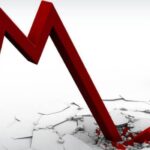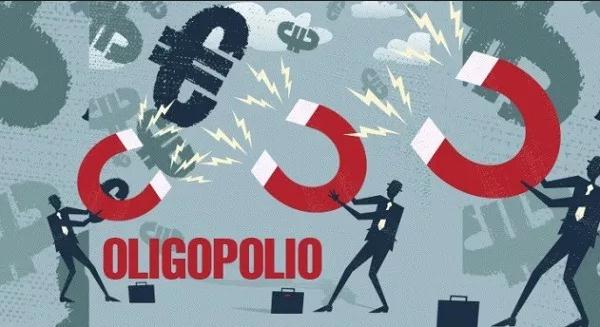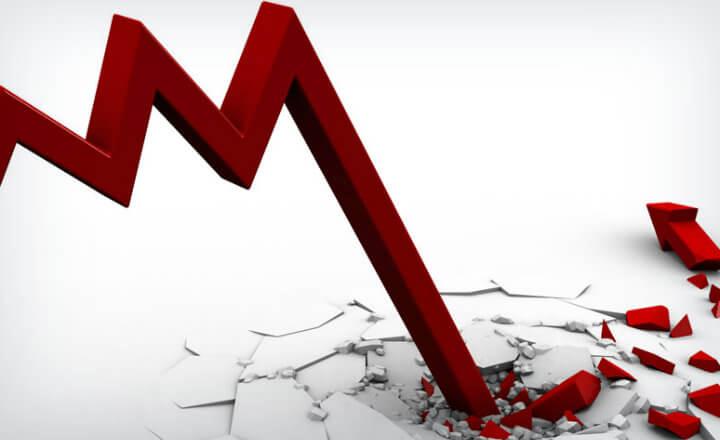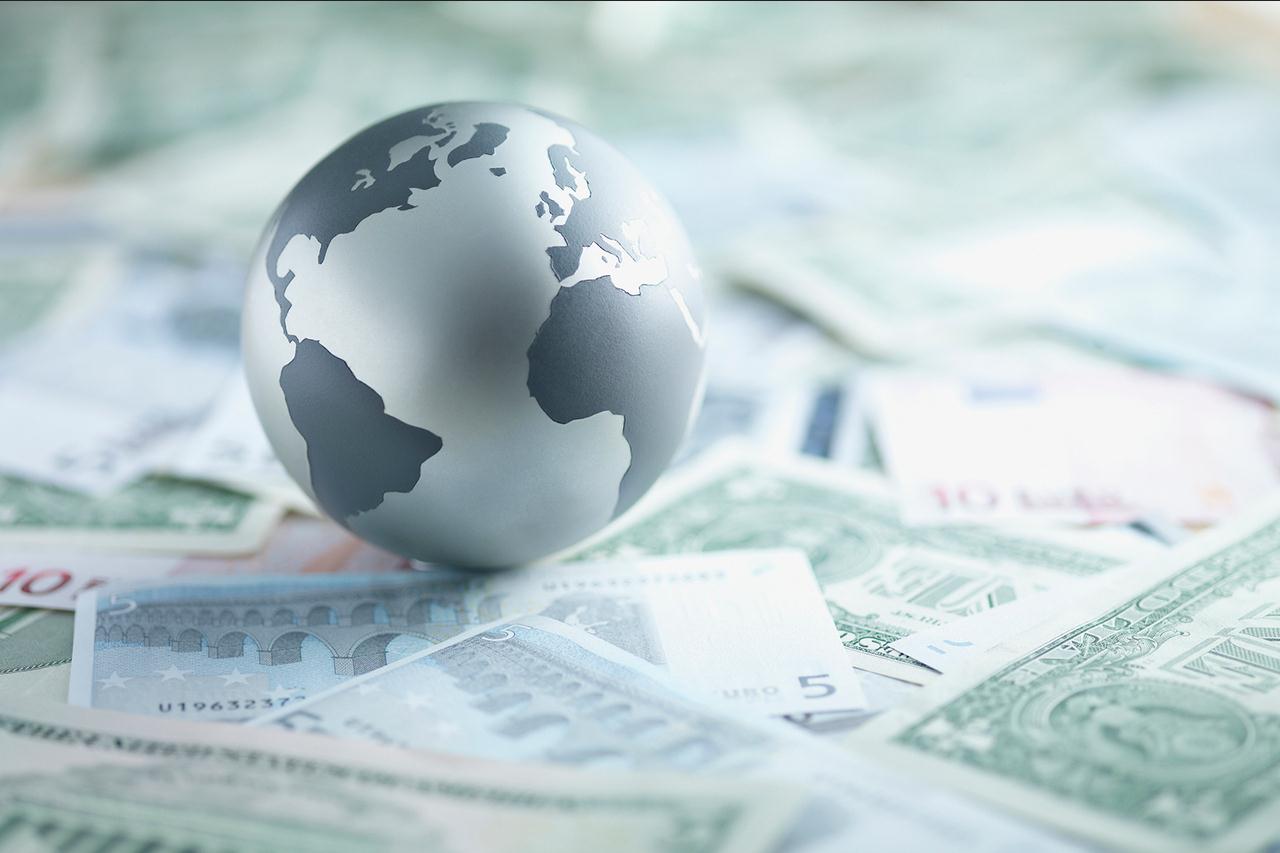A developed economy is typically characteristic of a developed country with a high level of economic growth and security. The standard criteria for evaluating a country’s level of development are per capita income or gross domestic product per capita, the level of industrialization, the general standard of living, and the amount of technological infrastructure.
Non-economic factors such as the Human Development Index (HDI), which quantifies a nation’s levels of education, literacy, and health within a single metric, can also be used to evaluate an economy or its degree of development.
GDP and economic development criteria
The most common metric for determining whether an economy is developed or developing is domestic product per capita, although there is no strict level for an economy to be considered developed or developing. Some economists consider that a GDP per capita of $12,000 to $15,000 is enough to assume that an economy has developed status, while others do not consider an economy to be developed unless its GDP per capita is over $25,000 or $3,000. Dollars. As reported in World Bank data, the GDP per capita of the United States in 2018 was $62,641.
While the GDP per capita of China, the world’s second largest economy by nominal GDP, is $10,099, the Chinese economy cannot yet be considered developed despite its large size.
For countries that are difficult to categorize, economists try to look at other factors to determine a nation’s development status. Measures of living standards such as infant mortality are useful although there are no clearly established boundaries for these measures either. However, the most developed economies have fewer than 10 stillborn children per thousand births, and citizens of these nations live 75 years or more on average.
A high GDP per capita alone does not confer a nation the status of a developed economy without looking at other factors. For example, the United Nations still considers Qatar a developing economy, even though its GDP per capita is $69,026 because this country has a high degree of inequality, a lack of infrastructure, and limited educational opportunities for women. non-national people.
Developed economies are not only characterized by having a high GDP per capita, but also by having widely developed industry and infrastructure and having substantially reduced their levels of inequality.
The Human Development Index
The HDI looks at three standards of living standards, literacy rate, access to education, and access to health care, and quantifies this information within a standardized figure that ranges from 0 to 1. The most developed economies have a of Human Development higher than 0.8. The United Nations Program for Human Development reports that in terms of human development, the country with the highest index is Norway with an HDI of 0.953. The United States enters this ranking with a score of 0.924. The Chinese economy has a score of 0.752, so it does not qualify as a developed economy under this criterion.
In Latin America, Chile manages to enter the ranking of developed economies with an HDI of 0.843. Colombia, the third largest economy in South America, lags behind in this indicator, reaching an HDI of 0.747.
According to the United Nations Human Development Index, Norway is the most developed economy and the United States ranks 13th.
Characteristics of developed economy
A developed economy is an economy (country) with a high level of economic activity characterized by high per capita income or gross domestic product (GDP) per capita, high level of industrialization, developed infrastructure, technological advancement, a relatively high rank in the human development, health and education.
The following are the characteristics of developed economies.
1. High income
They have a high income measured by per capita income. The definition of high income varies from institution to institution. The World Bank classifies a per capita income of $12,376 or more as high income and any country with per capita income above this threshold along with ranking high on other factors qualifies to be on the list of developed countries.
According to the World Bank, 80 countries in the world make it to the list of high-income countries (GNI per capita) led by Switzerland ($83,580), Norway ($80,790), Iceland ($67,950) and the United States ($62,850).
2. High range of human development
In addition to being wealthy, citizens of this economy should also experience a higher quality of life that can be measured by a number of factors, including, but not limited to, literacy rates, life expectancy, infant mortality rates, and access to health care. medical attention. To tie all this together, the United Nations (UN) develops and compiles an index called the Human Development Index (HDI). The UN publishes the index periodically to assess the change in quality of life in different countries over time.
According to the United Nations, Norway and Switzerland rank first in HDI with a range of 0.953 and 0.944, respectively. The United States is ranked 13th with an HDI of 0.924 followed by the United Kingdom with an HDI of 0.922.
3. Domination of the service sector
As the economy reaches developed status, the service sector begins to become a larger part of the economy.
Manufacturing is left to other developing countries, while developed economies focus on innovation and developing futuristic value-added products.
4. Technological advances
They are much more technologically advanced due to their skilled workforce and the risk taking that is built into their culture. They embrace novelty, so they are deeply involved in the discovery of new advanced technologies in multiple fields.
5. High level of infrastructure development
They are big investors in infrastructure development which leads to even faster economic development. The quality of roads, railways, air, water and civil infrastructure is far superior to that of less developed or underdeveloped countries.
Formula to measure a developed economy
There is no simple formula that can help label and measure the degree of a developed economy. An economy can be called developed only when it ranks highly on a number of parameters including per capita income, quality of life of citizens, health, education and technological advancement. An economy that ranks highly in any of the parameters but fails in others cannot be described as developed.
Examples from a developed economy
The United States, United Kingdom, Canada, Norway, Switzerland, Japan, and South Korea are some real-world examples. These economies can be called developed economies due to their high level of national income (gross national income of more than $12,376) and their high ranking on the human development index (HDI) (above 0.850), higher level of infrastructure development, highly developed industrial base, and a better quality of life for its citizens.
Advantages
There are several different advantages.
- These economies are generally easier to do business, which leads to greater job creation.
- They grant greater freedom of expression to their citizens, which results in the constructive development of the country and its citizens.
- These economies are more powerful and secure compared to underdeveloped and developing economies.
- These economies add a lot of value to the quality of life and business by constantly innovating.
- They have developed technological leadership as most of the cutting-edge technology is developed in these nations, which is then adopted by other nations.
- These economies have a well-trained workforce as they invest heavily in education and skills development.
- These economies are more efficient in allocating capital and resources compared to developing economies.
- They have a low cost of capital.
- Developed countries generally adopt free trade and free market principles for faster economic development.
- They are capable of helping underdeveloped countries improve their economy and lift their people out of poverty.
- Developed countries help less developed or developing countries in various humanitarian and development causes.
- Since developed economies have a long history of governance and management, developing economies copy and adapt to the developed models to build their own models for faster development.
Disadvantages
There are several different disadvantages.
Due to the free market, these economies generate many economic excesses that lead to crisis. A good example will be the 2008 financial crisis, in which everyone suffered due to inappropriate ways of doing business by some institutions.
These economies are more powerful and sometimes put undue pressure on developing nations.
Income inequality is widely prevalent in developed economies, leading to poor living standards and distrust of people in the lower strata of society in political institutions.
Limitations
Few of these economies have large budget deficits that can derail their economies in the future.
These economies have created many populist excesses, putting significant pressure on the current generation to finance retirees and pensioners.
Important points
Few of these economies now face the brunt of competition from less developed economies and are trying to protect themselves by closing or limiting access to their economies.
Due to globalization, anything that goes wrong in these economies affects other countries and sometimes the entire world.
Undeveloped economies
Terms such as “emerging nations,” “less developed countries,” and “developing countries” are commonly used to refer to nations that do not enjoy the same level of development, security, industrialization, and growth as developed economies. The term “third world country” to describe a state today is considered archaic and offensive.
Real World Example of a Developed Economy
The United Nations Conference on Trade and Development points out that the world’s least developed countries are considered “at a high level of disadvantage in their development process – many of these for geographical reasons – and (face) the risk more than other nations. of failing to lift their populations out of poverty.” Examples of developed nations include countries such as the United States, Canada, most Western European countries, including the United Kingdom, and France.
For the United Kingdom, for example, we have a GDP per capita of $42,580, well above the minimum $25,000 necessary to be considered a developed nation. Regarding the human development index, the United Kingdom’s score is 0.922, above the 0.8 points needed – according to the United Nations – to be considered a developed economy.
Other developed economies
French GDP per capita: $41,761, France HDI: 0.901
Denmark GDP per capita: $60,897, Denmark HDI: 0.929
Undeveloped or developing economies
As we have seen, the threshold for an economy to be considered developed is a GDP per capita of $25,000 annually and a minimum Human Development Index of 0.8 points. Under this criterion, the following economies are still developing.
Mexico: GDP per capita: $9,797. HDI: 0.774
Colombia : GDP per capita: 6,642 dollars. HDI: 0.747.
Venezuela: GDP per capita: 2,548 dollars. HDI: 0.636
Peru: GDP per capita: 7,007 dollars. HDI: 0.750
Argentina: GDP per capita: 11,658 dollars. HDI: 0.707.
Ranking of developed economies according to the IMF
According to the International Monetary Fund, the following 39 economies are classified as “advanced economies”:
33 countries and territories wholly or partially in Europe:
- Andorra
- Austria
- Belgium
- Czech Republic
- Denmark
- Estonia
- Faroe Islands d
- Finland
- France
- Germany
- Greece
- Guernsey d
- Holy See d
- Iceland
- Ireland
- Italy
- Jersey
- Latvia
- Liechtenstein
- Lithuania
- Luxembourg
- Malta
- Monaco
- Netherlands
- Norway
- Portugal
- San Marino
- Slovakia
- Slovenia
- Spain
- Sweden
- Swiss
- United Kingdom
8 countries and territories in Asia:
- Cyprus
- Hong Kong
- Israel
- Japan
- Macao
- Singapore
- South Korea
- Taiwan
4 countries and territories in the Americas:
- Bermuda
- Canada
- Puerto Rico
- USA
2 countries in Oceania-Antarctica:
- Australia
- New Zealand
The CIA has modified an earlier version of the IMF’s Advanced Economies list , noting that the IMF’s Advanced Economies list “would presumably also cover the following nine smaller countries: Andorra, Bermuda, Faroe Islands, Guernsey, Holy See, Jersey, Liechtenstein, Monaco and San Marino.
Conclusion
Developed economies have strong legacies.
These economies are powerful and play an important role in maintaining peace around the world. They are the role models for many developing economies such as China and India.
These economies also offer great opportunities to developing nations in terms of opening their market for goods and services supplied by developing economies.
While there are also some setbacks, but the net effect of the developed economies in the world is generally positive. The world benefits greatly from the financial support and technological strength of all these economies.











